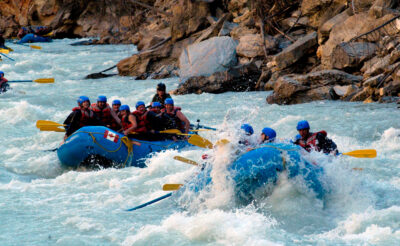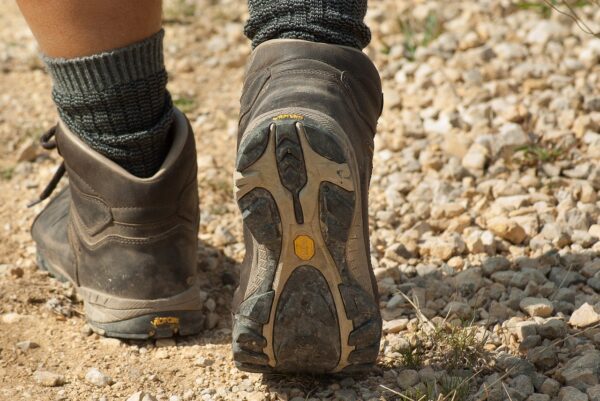Himachal
Trekking
Top TEN Tips For The First-Time Trekkers
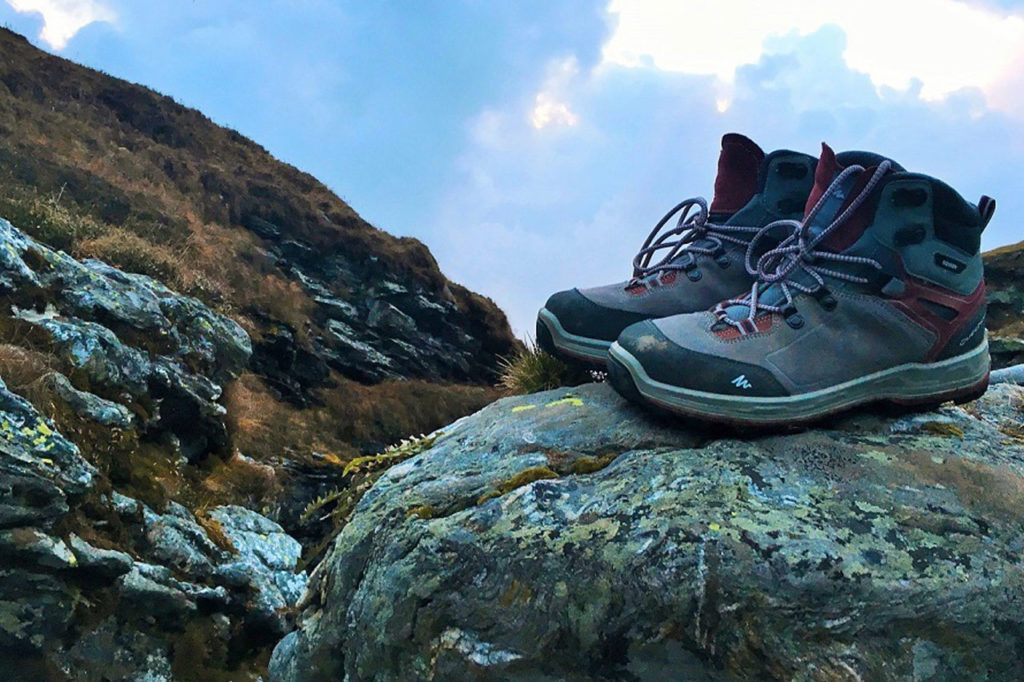
So you are planning to go on your first trek in the mountains but not sure how to go about it? You have too many questions like how safe is it, which trek should I do, what should I carry, how do I know if I will be able to do it, what precautions should I take, will there be animals out there in the wild etc etc. These all are valid queries from anyone, who is trying his hands, rather legs, at trekking for the very first time.
Now, we are a Manali-based travel and trekking agency and guided hundreds of trekkers in the mountains and understand the worries and questions of the first-timers. In this blog, we are going to write mostly about the dos and don’ts a would-be trekker should follow before setting off on a trek in the mountains.
And once you have done your first trek successfully, the rest, as they say, will be history. Hope this blog helps you in entering the joyful world of trekking.
Here are the top ten tips you should read before going up a trek. And oh yes, happy trekking to you all!
1. Train yourself
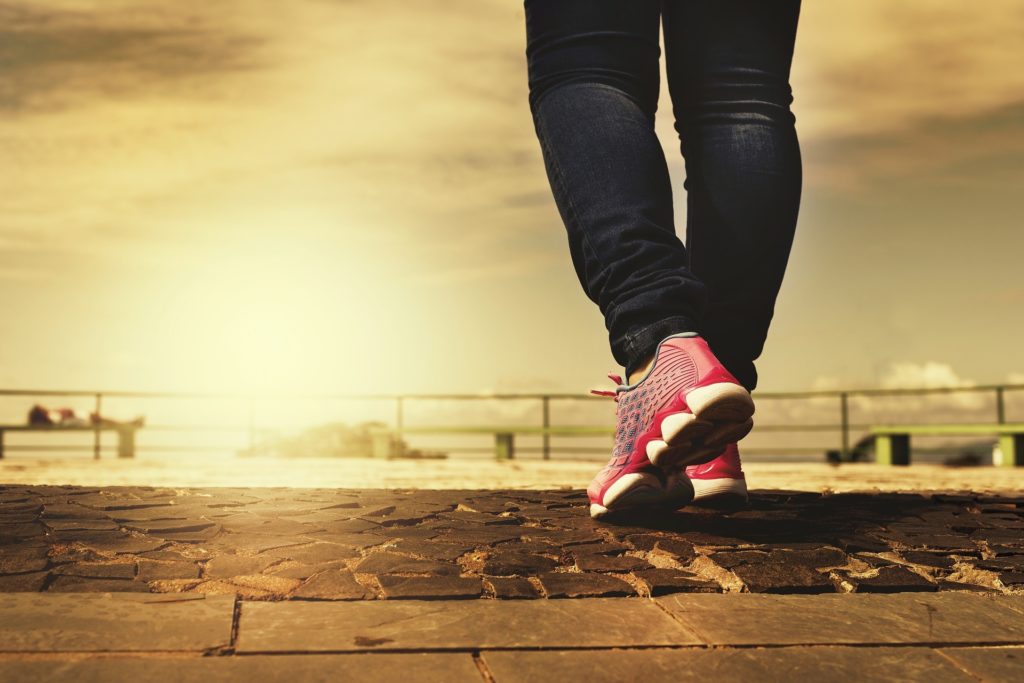
When you go up a mountain, your lungs are tested and when you come down, your legs. So, before you hit that mountain trail you need to focus on your fitness. You need to be physically fit and you must work on improving your lung power and strengthening your legs.
Physical training becomes even more important if you are a first timer and aiming to go up to an altitude of 4000 meters where oxygen level starts to deplete. So, physical training is a must.
2. Pick an easy trek in the beginning
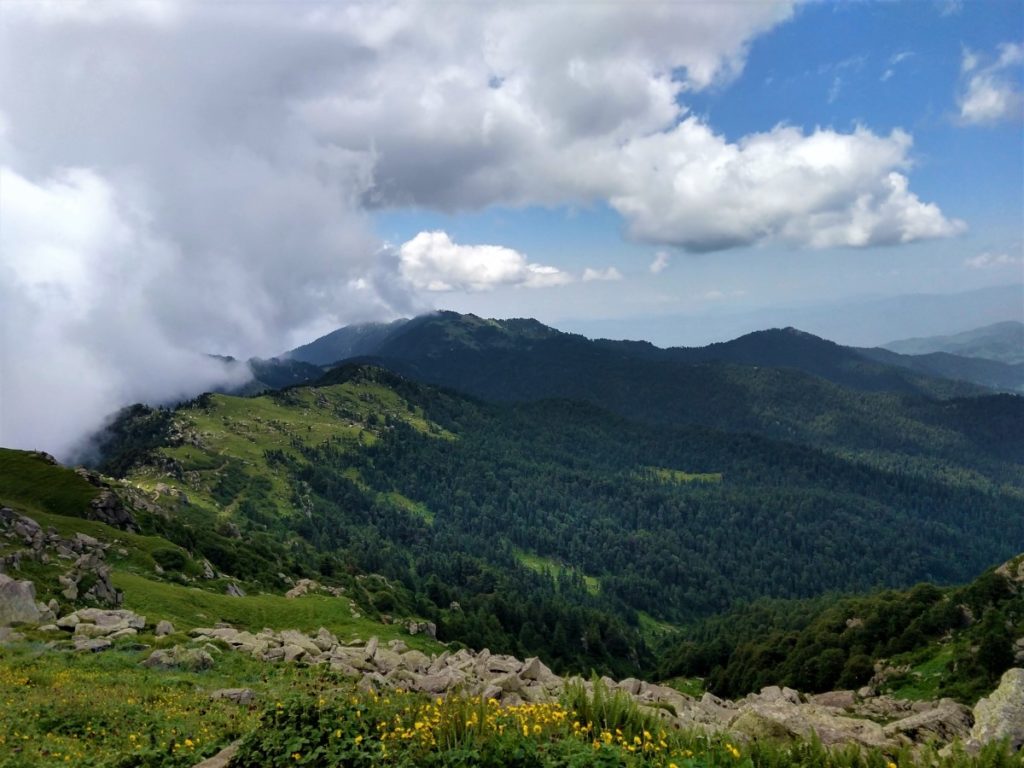
After you are physically and mentally ready for your first trek, next step is choosing your first trek. You should select a trek, whose difficulty level has been categorized as ‘Easy’ and ideally the maximum altitude should not cross more than 3500 meters. Oxygen is 21% of dry air and as you gain altitude the air starts to thin out. The Oxygen level goes down from 21% to 12.7% at around an altitude of 4,000 meters making trekking increasingly difficult especially for beginners.
Some of the easy but beautiful treks I can think of in the mountains of Kullu-Manali and Mandi in Himachal Pradesh are Kheerganga trek, Malana trek, Prashar lake trek, Shikari Devi trek and Fungani Top trek.
3. Don’t go alone

Do I require a mountain guide? Yes, if you have absolutely no clues about the terrain. Even if you are going in a group and doing a trek for the first time, hiring a guide is advisable.
Also, guides become even more important if you are staying overnight in a tent out there in the mountains. Most trekking agencies provide camping on a trek. Local guides also have a good knowledge of the terrains.
However, when you have done at least five to six good treks, then you become experienced enough to go without hiring the services of professional trekking agencies.
4. Go after monsoons or before winters
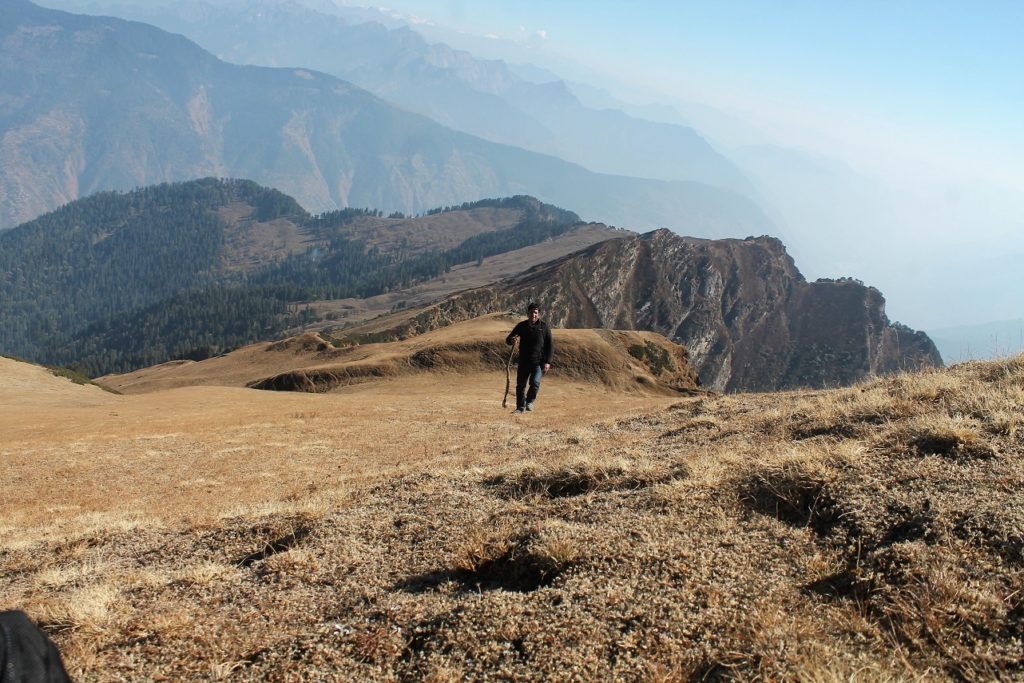
You must do your treks before monsoons and after the rainy season is over. Summer months of May & June and September till mid-October are the best months for trekking in the mountains of Kullu-Manali. September and October are ideal as the monsoons are completely over and there is a little nip in the air.
5. Never trek in bad weather
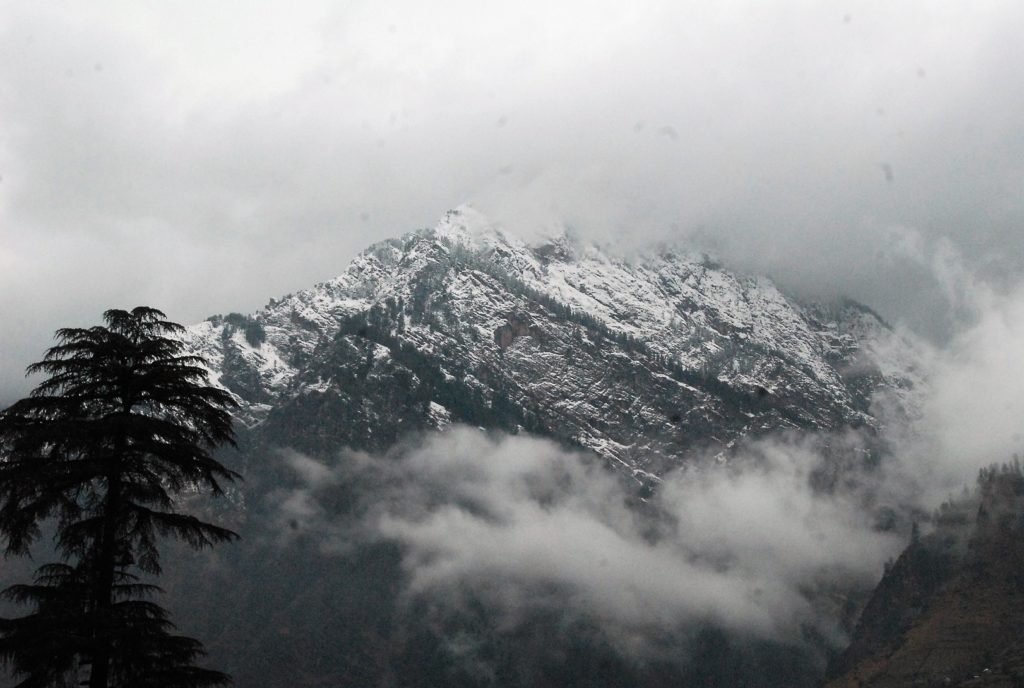
Beginners must never trek in rain or snow especially in high altitude terrains in the mountains. There have been a number of unfortunate accidents during trekking in the high mountains of Himachal due to bad weather conditions.
Most recently in January 2017, two students of National Institute of Technology (NIT), Hamirpur, had lost their lives during trekking in the snow after apparently losing their way on Shikari Devi trek in district Mandi. They were also found to be not carrying the trekking essentials
6. Don’t forget to carry the essentials

When you trek, you leave the civilization behind and it’s wild out there. You must go on a trek with these essentials. Here is the short list:
*First-aid box
*Flashlight
*Knife
*Extra Food and Water
*Matchboxes
*Extra pair of clothes
*A Map and Compass
But most importantly, you need to have common sense. You should understand the weather conditions and the environment around you and respond accordingly.
7. Don’t be reckless
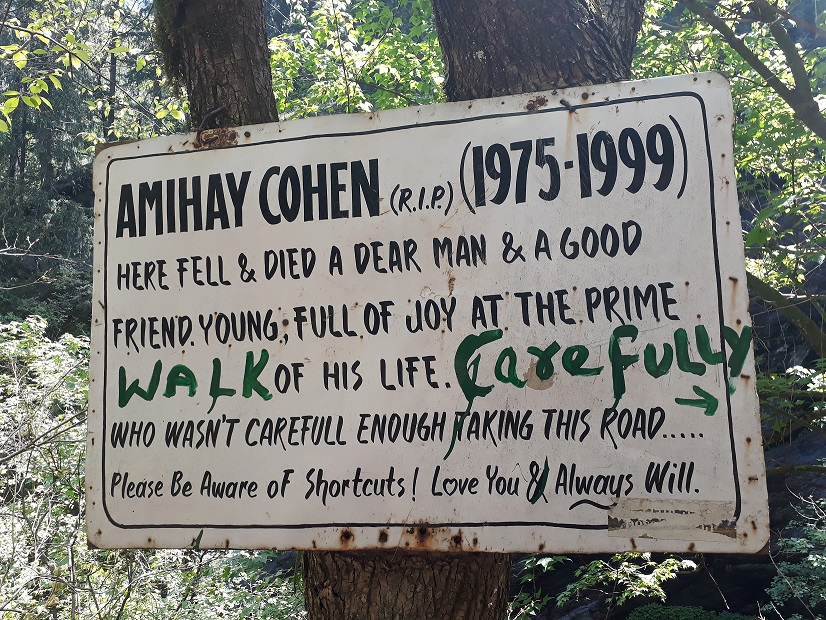
We have seen many people getting into trouble after they get a little too adventurous on treks. It’s a mistake. No doubt, trekking is fun and a stress-buster but one silly mistake can result in a major mishap. So when on a trek, follow the rules and play safe.
8. Respect local culture and language
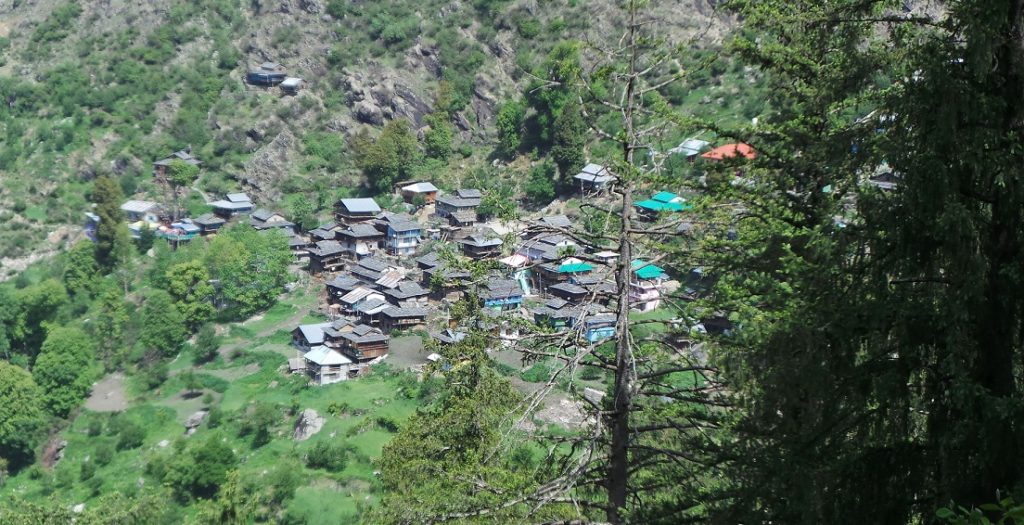
All trekkers must learn to respect the local culture. It’s also a good idea to have some knowledge of the local culture and language of the area where you are going to trek. It will help you not only in knowing the dos and don’ts when you are among the local people but also in understanding their beliefs and customs better.
9. Don’t harm the wildlife
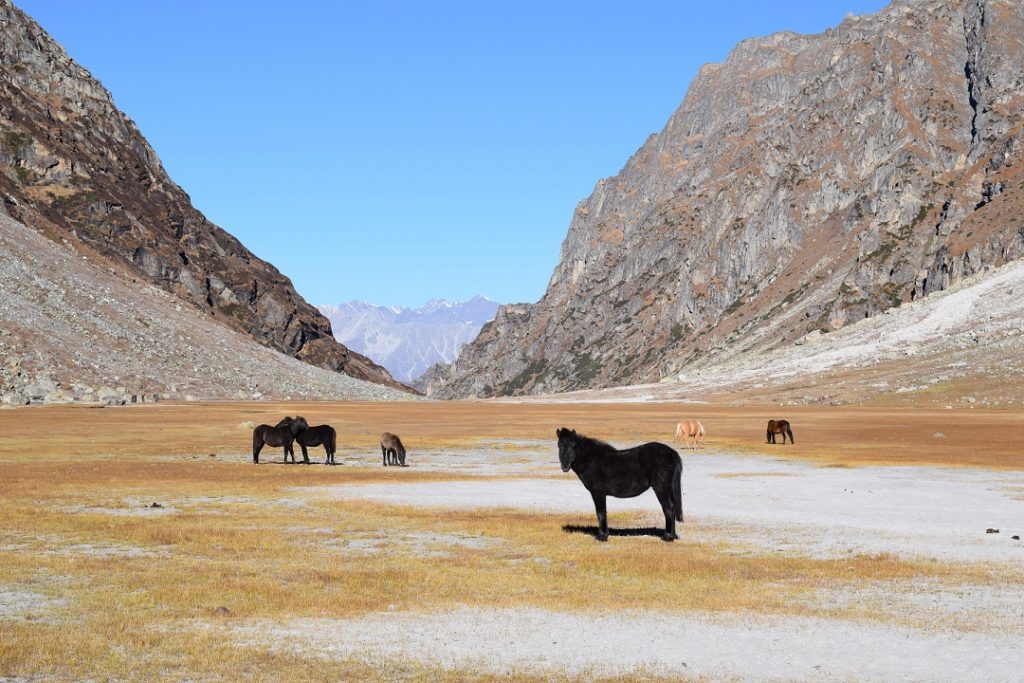
When you trek in the mountains, you also get an opportunity to view the wildlife. But don’t encroach upon their territory and never harm the wildlife. All wildlife is protected under the Wildlife Protection Act, 1972.
10. Don’t litter
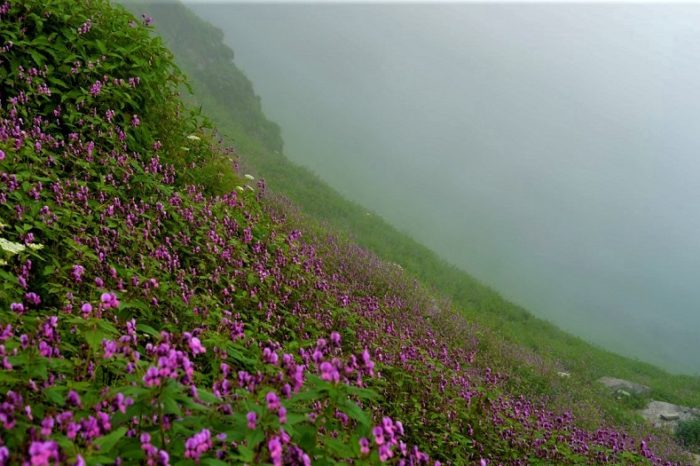
And finally, don’t harm the beautiful Himalayas. Carry garbage bags and don’t leave behind your water bottles, plastic bags, food wrappers, cans etc in the mountains. Bring the garbage back. Follow this golden rule: Take nothing but pictures and leave nothing but footprints.

